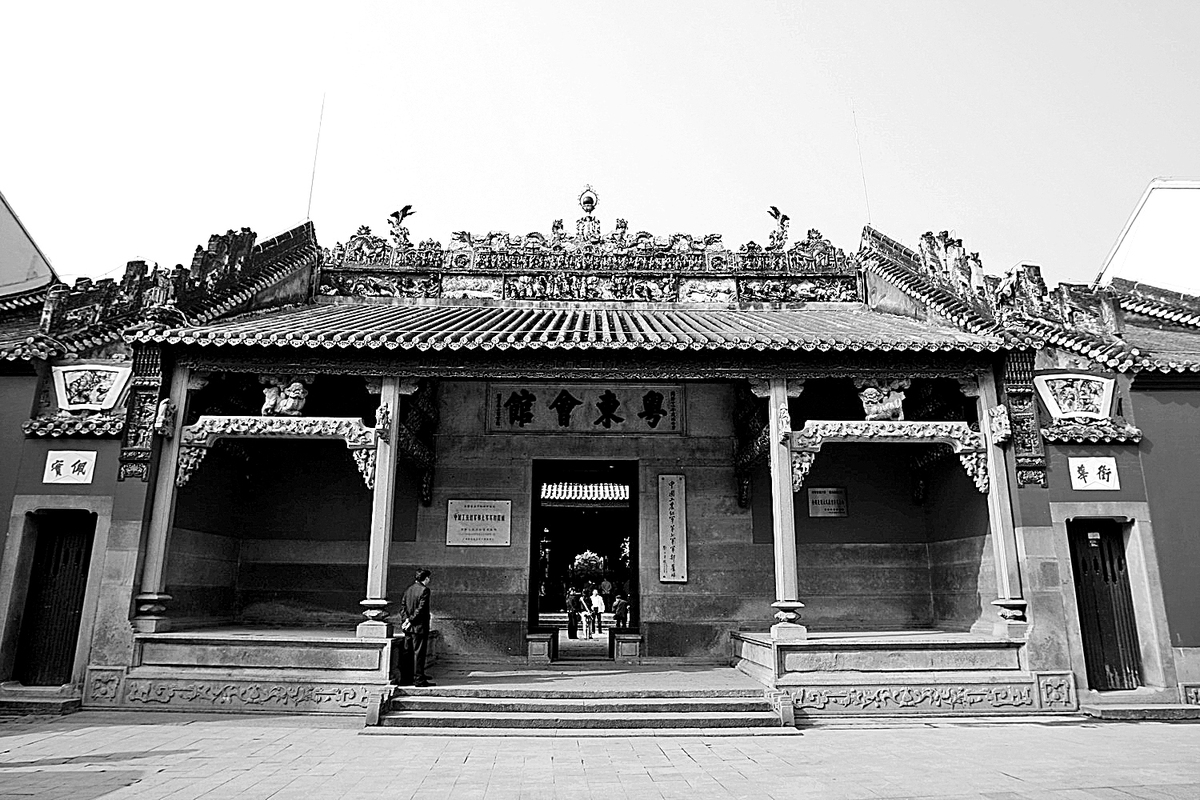Ethnic minorities played key role in southern revolutionary base


Located in the hills and river valleys of present-day western Guangxi Zhuang autonomous region, the Zuojiang-Youjiang Revolutionary Base was a pioneering effort by the Communist Party of China to mobilize ethnic minorities to its revolutionary cause. It was centered around the Zuojiang, Youjiang and Hongshui rivers, all of which are primary or secondary tributaries of the Pearl River. In the 1920s, this was an underdeveloped area controlled by warlords affiliated with the Kuomintang, the Chinese Nationalist Party.
Wei Baqun (1894-1932) was the head of the peasant movement in the Youjiang area. After leading farmer militias in uprisings in 1923, Wei, who was from Donglan county and a member of the Zhuang ethnic group, became influenced by communist ideals and helped disseminate CPC ideology to the farmers.
In the summer of 1929, Yu Zuobai (1889-1959)-who became governor of what was then Guangxi province after helping KMT leader Chiang Kai-shek (1887-1975) win a factional war against Guangxi-based warlords-reached out to the CPC with the aim of consolidating his position as he knew Chiang did not fully trust him. The CPC sent cadres, including Deng Xiaoping (1904-1997), to work with Yu, who had also been involved in peasant movements in the past.
Officially working under a pseudonym as secretary of the Guangxi government, Deng established three military columns controlled by the CPC. The Party held a provincial congress in September and dedicated itself to seizing power by force.
In October, Yu declared his opposition to Chiang despite the CPC urging him not to do so prematurely. The KMT leader managed to turn some of Yu's troops against him. Seeing the situation, Deng persuaded Yu to let him lead CPC-controlled forces toward the Zuojiang-Youjiang area, where CPC-led peasant movements were influential. Yu later left the troops in the hands of his brother and cousin and went into hiding in Hong Kong.
The troops marched from regional capital Nanning to Baise in Youjiang and Longzhou in Zuojiang area. Following weeks of preparation, on Dec 11, 1929, the two-year anniversary of the Guangzhou Uprising, Deng and Wei helped lead an uprising in Baise. They announced the establishment of the Seventh Red Army and the Youjiang Soviet government, and began to turn the Youjiang area into a revolutionary base.
On Feb 1, 1930, another uprising took place in Longzhou, some 100 kilometers to the south of Baise, leading to the establishment of the Eighth Red Army. The two areas soon linked to form the Zuojiang-Youjiang Base.
The CPC launched land redistribution campaigns and held training sessions to cultivate cadres. Small factories and schools were set up.
Policies on ethnic equality and the protection of the rights of ethnic groups were also adopted. According to the Baise Uprising Memorial Park, about half the 5,000-member Seventh Red Army were Zhuang. At its peak, there were about 20 counties and more than 1.5 million people in the base, with the Zhuang accounting for 85 percent of the population.
Meanwhile, the Seventh and Eighth Red armies crisscrossed the area, defending the base against KMT troops and bandits. The Eighth Red Army succumbed to heavy attacks, and a small remaining fraction was absorbed into the Seventh Red Army in October 1930.
The same month, the Seventh was ordered by CPC central leadership to attack regional metropolises like Liuzhou and Guilin. it regrouped into three divisions in November and two core divisions marched east for the planned attacks, while a much smaller division, led by Wei, remained to defend the base.
The leadership's plan misjudged the situation, and the troops were overwhelmed. After failed attacks on several major cities, the Seventh Red Army decided to head toward the Central Revolutionary Base in southern Jiangxi province in January 1931. After marching 3,500 km through five provincial-level regions and helping to thwart the KMT's encirclement and suppression on the Central Revolutionary Base, they reached Ningdu in July and became part of the Central Red Army.
The Zuojiang-Youjiang Base was overrun in 1932, despite multiple attempts by Wei to repel KMT offensives. He was killed by a defector in September that year.
- Guangdong urged to drive high-quality development
- Shanghai hosts 6th intl 3E talent fair
- Xi's special envoy attends inauguration of Bolivian president
- Countdown to 15th National Games: On-site warm-up entertains audience
- Eight missing after cargo ship collides with fishing vessel near Shandong
- Investing in people: a worthwhile investment





































